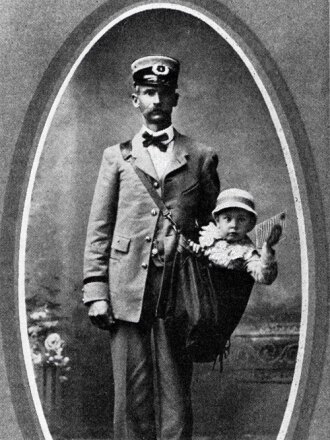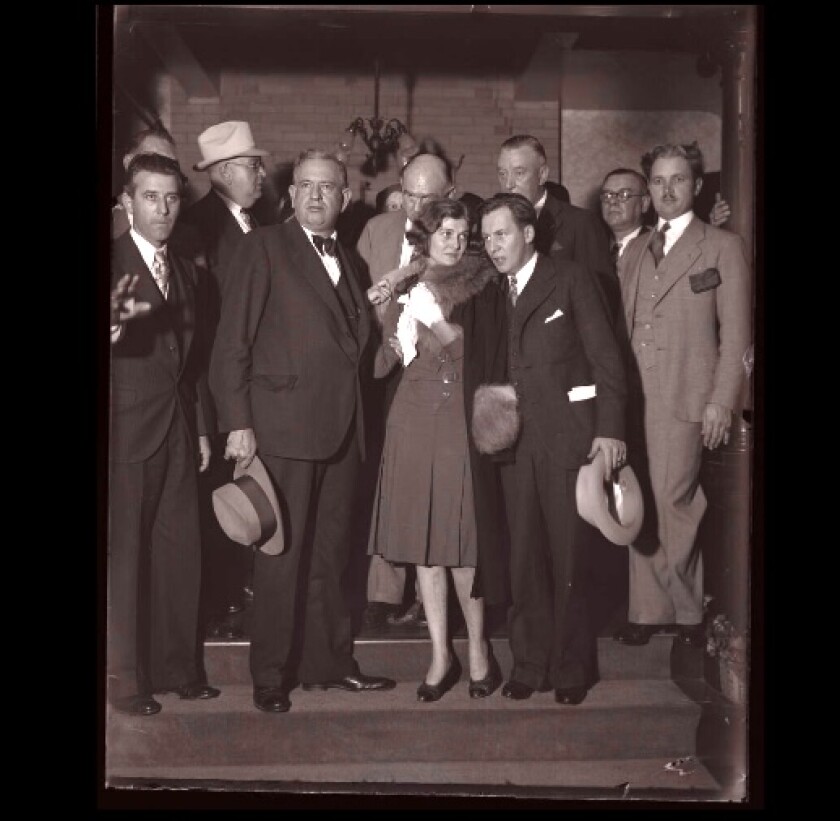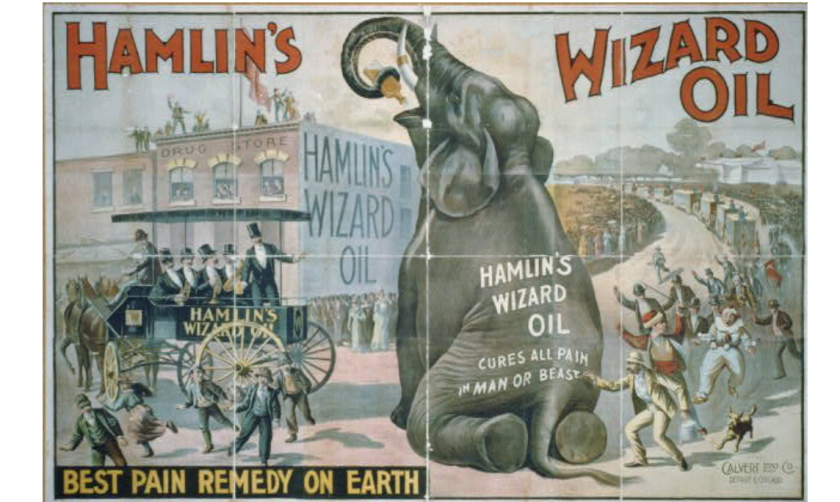These days if a parent wants to send their child alone across the country to visit Grandma and Grandpa, they might purchase a plane ticket for an unaccompanied minor.
But parents in 1913 had a much cheaper option - slap a stamp on Junior and pop him in the mail.
ADVERTISEMENT
I know what you might be saying – there’s no way that happened.
But as sure as postal carriers complete their rounds through snow, rain, heat, and gloom of night, delivering children via U.S. Mail most definitely did happen.
Explain, please
Here’s the simple explanation behind the phenomenon. In 1913, the U.S. Postal Service introduced parcel post service, which allowed for the shipping of items too heavy for normal postal service.
The rules about what could and could not be shipped were a little murky with the start of the new service. And how people interpreted the rules complicated matters even further. People all over the U.S. started shipping things like live animals, produce, and entire buildings, one brick at a time. And if that weren't enough, some people really pushed the envelope and shipped their offspring.
Here's one documented example: On Aug. 23, 1915, Mr. and Mrs. Fred Colby of Fargo sent their nearly 2-year-old son, Freddie, to Valley City, North Dakota, to visit his grandparents.
According to a newspaper report at the time, “the mother was unable to accompany the boy to Valley City and as Freddie came within the limit in weight and dimensions for parcel post packages she took him to the post office, weighed and tagged him and he went through without accident.”
ADVERTISEMENT

How exactly did it work?
While you might envision putting a stamp on the baby and shoving him in a mail slot, of course, that’s not what happened. Oftentimes, the children sent via mail had a mailing label pinned to their clothing and were handed over to a mail carrier, often personally known by the family.
Then, the postal carrier brought the child along on his route, either personally delivering the baby to the final destination or giving him or her to another carrier to complete the parcel delivery.
According to the late Nancy Pope, historian and curator of the National Postal Museum, “They weren’t boxed up. They were carried or walked along the route.”
More than anything, parents saw the wishy-washy parcel postal regulations as a potential way to save money.
Take the case of Charlotte May Pierstorff. Pierstorff was just shy of her 6th birthday when her parents “mailed” her from her home in Grangeville, Idaho, to her grandparents' house 73 miles away in Lewiston, Idaho.

Stamps were placed on her coat and she was given over to her mother's cousin who worked on a railway mail train.
ADVERTISEMENT
Pope said the postage for the trip was 53 cents, which was nearly one dollar cheaper than if Pierstorff's parents had purchased a train ticket for her. Either way, she would sit with her relative on the train, but “mailing” her saved money.
Pierstorff’s story received attention just a few years ago with the publication of the children’s book
Stop the mail!
As early as 1914, the push came to stop the practice of mailing children once and for all. Montana officials stated they would no longer accept “parcels of humanity.” Later that year, U.S. Postmaster General Albert Burleson issued directions to the nation’s postmasters to stop accepting human mail. While some rural areas (where people might have had closer relationships with their mail carriers) continued the practice, other states stopped accepting kids as parcels.
In 1915, Illinois officials outlawed the practice, much to the disgust of one early 20th-century Karen. This story is from the Freeport Journal-Standard in Freeport, Illinois, from Saturday, July 17, 1915

Bloomington, Ill, July 16 – A woman bent on sending her little 5-year-old son by parcel post to some small town in Tennessee created considerable excitement in the lobby of the post office yesterday. She blocked the trade at the stamp window for several minutes while she was arguing with the clerk about sending the child in this strange way. She told the clerk that she wanted her son to go on a visit to relatives in Tennessee and that as she was unable to accompany him at the time, but intended to go about a month later, she decided to send the boy by parcel post. The clerk informed her that it was against the postal regulations to send any kind of “livestock” by parcel post with the exception of baby chickens and that she would have to send her boy in a different way from any afforded by the post office. She thereupon told the clerk that he did not know his business, that she knew that in other places people send children through the mail in this way, and that she would take the matter up with the department and make him all kinds of trouble. The waiting throng of people in the lobby had a good deal of amusement out of the incident.
By about 1920, the practice of what became known as “Baby Mail” ended. But not before many postal carriers had fun staging photos with babies they knew. As far as we can tell all of the photos of babies with mail carriers in this story were staged.
What happened to Fargo's most famous mailed baby?
So what became of Freddie Colby? Good question. I set out to find Colby through The Forum archives, Ancestry.com and Newspapers.com. My results were mixed. According to the newspaper archives, there was a successful lawyer in Fargo named Fred Colby who was born around the same year that the Freddie Colby who was mailed to Valley City was born.
ADVERTISEMENT
According to records in the archives, Colby, the lawyer, also had ties to Valley City like baby Freddie Colby. But there is a slight difference in his father’s name and when the family first moved to Fargo.
So the Fred Colby who was a successful banker, lawyer, and member of the Knights of Columbus in Fargo throughout the 20th Century may or may not have been the Freddie Colby who was mailed at the age of 2 in 1916.
(I will continue to dig into this most pressing postal matter. If you can shed any light on this, please email me at tracy.briggs@forumcomm.com.)
If this is the same Freddie Colby, it’s pretty clear he was none the worse for wear after his time as a parcel package. Even so, it's probably a good idea for the postal service to leave baby delivery to the stork.
STEP BACK IN TIME WITH TRACY BRIGGS

Hi, I'm Tracy Briggs. Thanks for reading my column! I love going "Back Then" every week with stories about interesting people, places and things from our past. Check out a few below. If you have an idea for a story, email me at tracy.briggs@forumcomm.com.














